"What I'm really disappointed in is humanity," says renowned photographer James Balog. "I'm really, really, angry. Really disgusted with the human race. That after so many centuries of apparent intellectual evolution, we can't get our act together and do what's right."
In 2007, Balog founded the Extreme Ice Survey. The goal was to track changes to the world's glaciers using time-lapse cameras. The project was the subject of the critically acclaimed 2012 film Chasing Ice. And the cameras are still working today. Balog says the changes recorded in the project are staggering, and that almost all the ice you used to see is no longer there.
"I just find that every single day, that that's depressing," he said. "I have to kind of physically put that in a box in my psyche and not let it get to me because I don't want to be depressed. I don't want to be despairing, and I don't want to drag around the wagon of anger."
Balog is part of a new fundraising project called Vital Impacts. The conservation organization is selling prints by 100 nature photographers. It aims to raise money for Big Life Foundation, Jane Goodall Institute's Roots and Shoots program, Great Plains Conservation's Project Ranger and SeaLegacy.
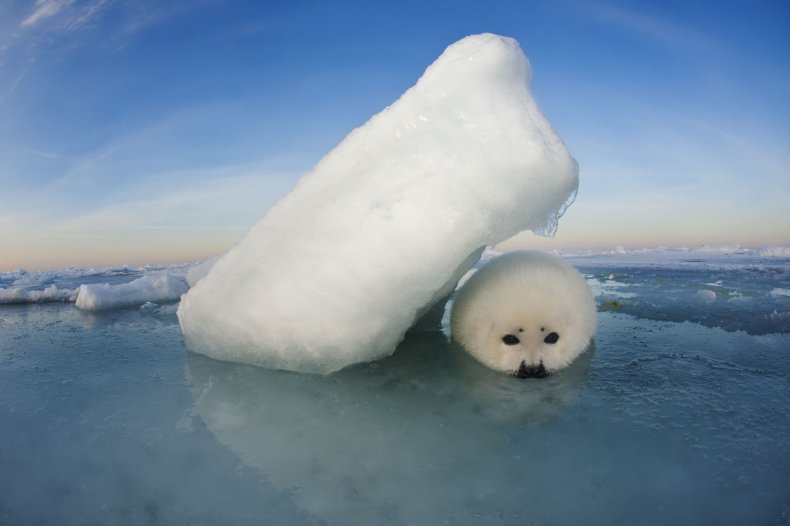
The project shows the natural world, from the Mongolian tundra and plains of Africa, through to the open ocean and frozen landscapes of the Arctic and Antarctica.
Jennifer Hayes is a National Geographic photographer. She has worked with harp seals on the Gulf of St. Lawrence, Canada, for over a decade. In 2011, Hayes was on a National Geographic assignment and had spent several days documenting the harp seal nursery from above and below the ice.
"A storm was coming in and our boat had to return to port. The wind whipped the Gulf into a frenzy and the weak ice into pulverizing chaos," she told Newsweek. "By the time we reached port the pups that we had just documented had perished. That news galvanized me to return to the ice each year that the ice allows."
In 2012, she went back to tell the story of harp seals in the face of climate change. It was then she took the photo of a seal pup concealed beneath a block of ice. "I was out and about on the sea ice looking for mother and pups and I discovered this harp seal pup behind a magnificent pyramid of ice.
"The wind is relentless and the pups will seek shelter behind any object of any size that offers them protection waiting for their mothers to return to nurse them. This image was made in March. The sea ice was a patchwork of very large pieces of ice held together by seams of frozen slush that can be extremely solid or semi-solid depending on ambient temperatures."
Hayes' image of a seal pup, titled Seeking Shelter, is part of the Vital Impacts project.
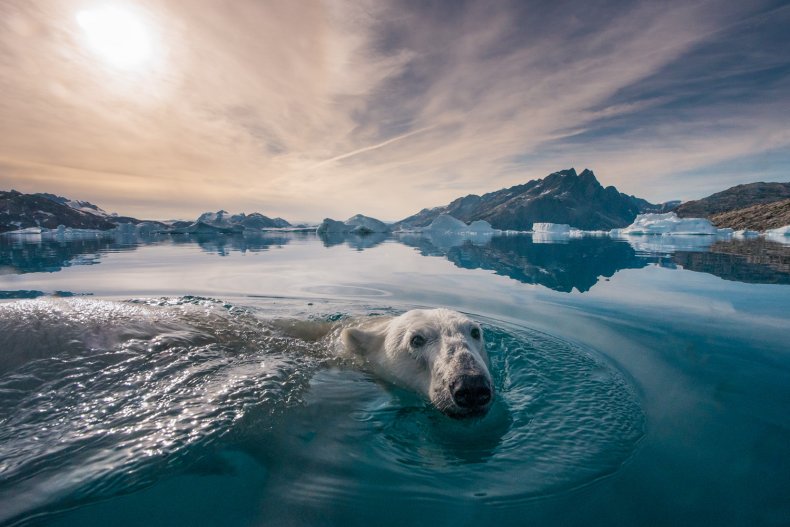
Harp seals are one of the Arctic species suffering as a result of the retreating sea ice. Normally, adults migrate to the area in the fall and give birth to pups in late February. Mothers will nurse on the sea ice for up to 15 days before the pup has to fend for itself.
This year ice cover in the Gulf of St. Lawrence was almost non-existent. The National Snow and Ice Data Center said these conditions led to the death of many harp seal pups. With little sea ice, the pups were forced to cluster at the shores where they were preyed upon. As more sea ice is lost, harp seal numbers are expected to decline.
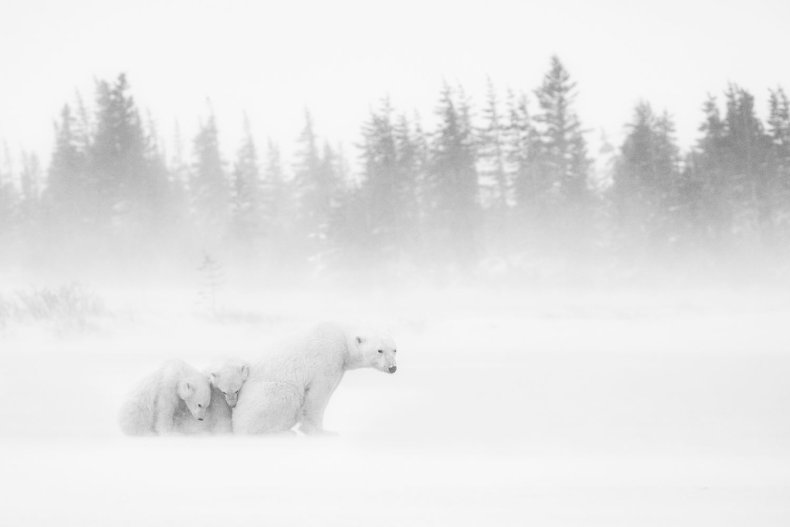
The loss of Arctic sea ice has been monitored since the 1970s. It is now being lost at a rate of around 13 percent per decade compared with the 1981 to 2010 average. Arctic sea ice reaches its lowest point every September. The last 15 years represent the 15 lowest sea ice levels on record.
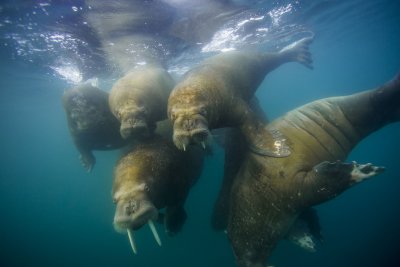
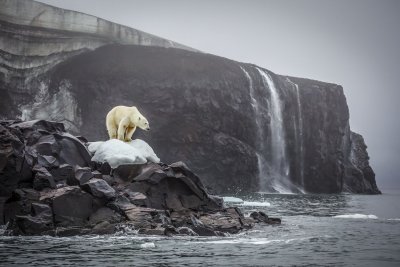
Habitat loss is expected to impact species across the Arctic, especially those that rely on sea ice to forage for food. This includes polar bears, which have been pegged for extinction as soon as 2100, and Pacific walruses, which after huge population gains following conservation efforts are once again declining in numbers.
Climate change is believed to already be affecting Arctic whales, including belugas, narwhals and bowheads. It is thought they will face increased threats in the coming years and decades, including increased predation by killer whales, as well as increased competition and changes to their prey. Changing ice conditions may also lead to more entrapments, and as more Arctic passages open up, there could be a greater number of ship strikes and pollution in the region.
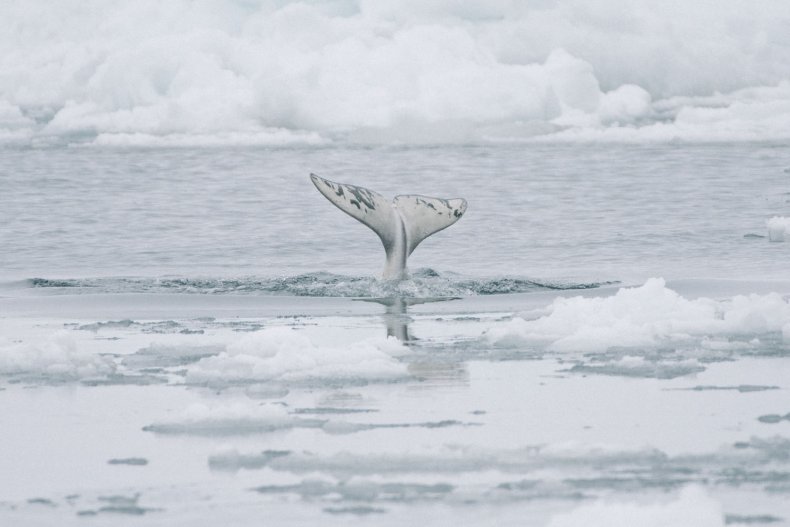
Balog says documenting changes to the planet through photography and film is difficult, but necessary: "I find that I, like a lot of others, spend a lot of energy trying to distance ourselves emotionally. Numb ourselves, frankly, to the horrors of what's evolving around us," he said.
"At the same time, you have to use your awareness to take action as best you can and whatever sphere you operate in. It's this balancing act. I'm on the seesaw between letting the emotions in. Push me forward and say, okay, emotions, yeah, this is not your day. I just have to get the job done."
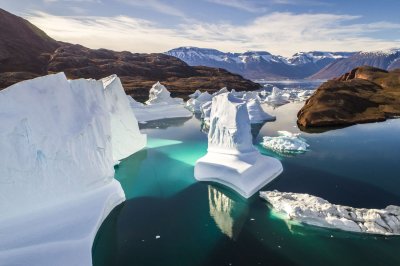
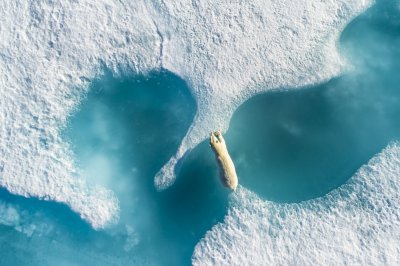
He says that his hope for the future lies in technology and its potential to provide change on a massive scale. But he is not confident that will happen for some time, so plans to continue to provide a view into a world most people will never see for themselves.
"We [the team working with Vital Impacts] are a tiny drop in the social bucket, but there is an amplification of our voices through things we are able to use," he said. "I have to take hope from the fact that telling humanity a new story about itself can ultimately produce something positive."
Vital Impacts was founded by National Geographic photojournalist Ami Vitale and journalist Eileen Mignoni. It is offering fine art prints, the sale of which will go towards supporting Big Life Foundation, Jane Goodall Institute's Roots and Shoots program, Great Plains Conservation's Project Ranger and SeaLegacy. The fundraiser will run until December 31.
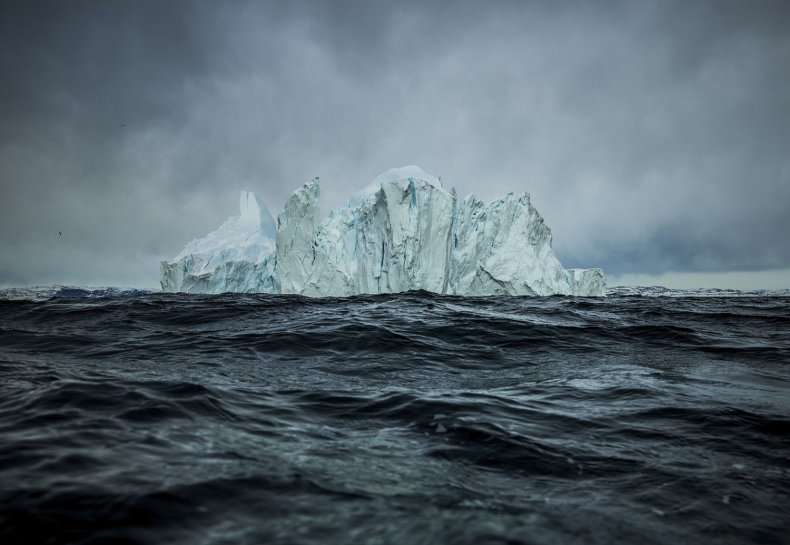
"seal" - Google News
November 16, 2021 at 11:38PM
https://ift.tt/3nl5Myd
Drowning Seals and Iceberg Graveyards: The Fragile Arctic Wildlife Hanging in the Balance - Newsweek
"seal" - Google News
https://ift.tt/3c1qdrW
https://ift.tt/2SzWv5y

No comments:
Post a Comment